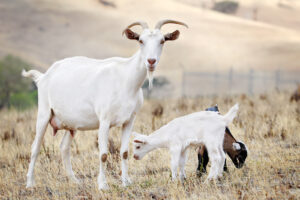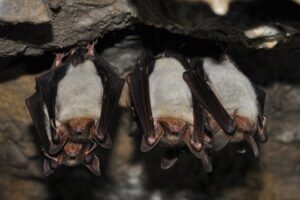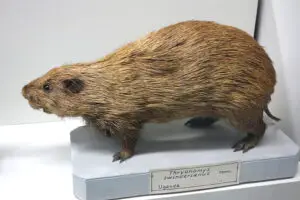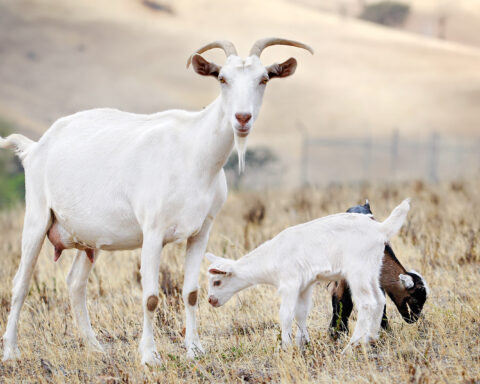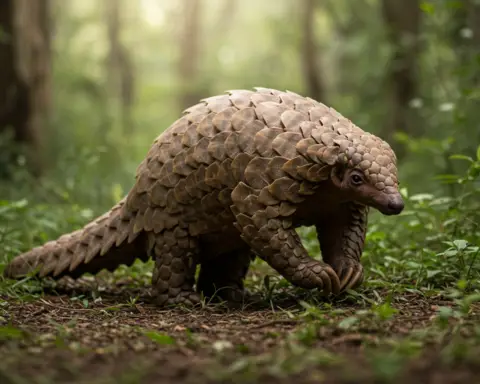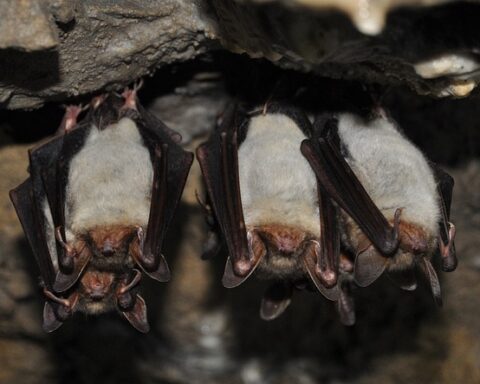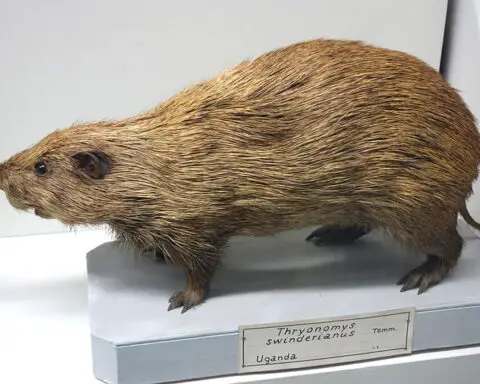During the first 2 to 3 weeks, one of the parents always stay with its chicks. A female eagle spends 90 percent of time while the male stays for about 50 percent of the time during this nestling period. After 5 to 6 weeks, the pair roosts on nearby trees.
How do bald eagles feed their young?
In the first 2 weeks, the female keeps an eye on her fledglings while for the most part, it is the duty of the male bald eagle to bring food for them. Within the next 1 to 2 weeks, both parents participate equally in getting food for their brood. The nestling cannot fend for itself until it reaches 6 weeks of age.
How long do bald eagles stay in the nest?
The young bald eagles stay in the nest until around 8 to 14 weeks, after which they are ready to fledge. Before fledging, however, the baby birds begin flapping their wings and try to take brief trips on adjacent branches of tree. This way, they develop their flight muscles and landing techniques. However, virtually 50 percent of these departures go in vain and such fledglings stay on ground probably for weeks until they are all set to fly. What’s more, they are at great risk of getting eaten by predators during this time. The parents continue to feed their chicks even on ground, but if somehow they get stuck into thick grasses, fledglings will have to fend for themselves.
In the Canadian province of Saskatchewan, the male nestlings tend to leave their nest first. The time period of nest departure for the California nestlings is about 12 weeks while it is around 11 weeks for the fledglings in Florida. The Minnesota fledglings are found to feed on fish while in the meantime, they seek to learn hunting techniques through ‘trial and error’. However, they are ready to hunt their prey live after 6 weeks. All in all, the young bald eagles are still fed by their parents even after the nest departure.
Source:
Buehler, David A. 2000. Bald Eagle (Haliaeetus leucocephalus), version 2.0. In The Birds of North America (P. G. Rodewald, editor). Cornell Lab of Ornithology, Ithaca, New York, USA. https://doi.org/10.2173/bna.506

